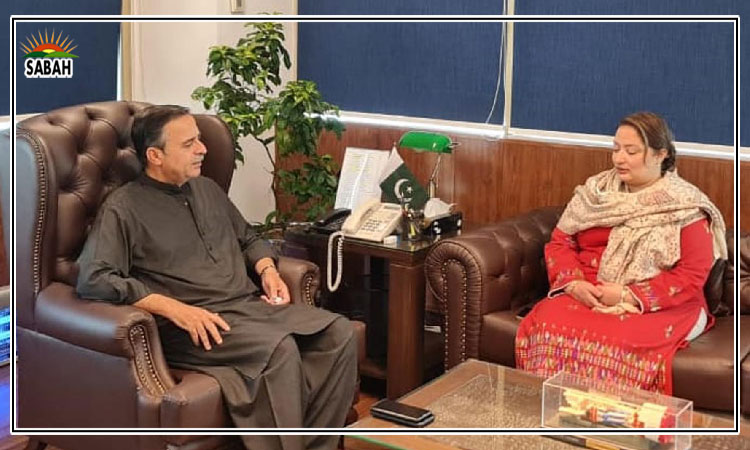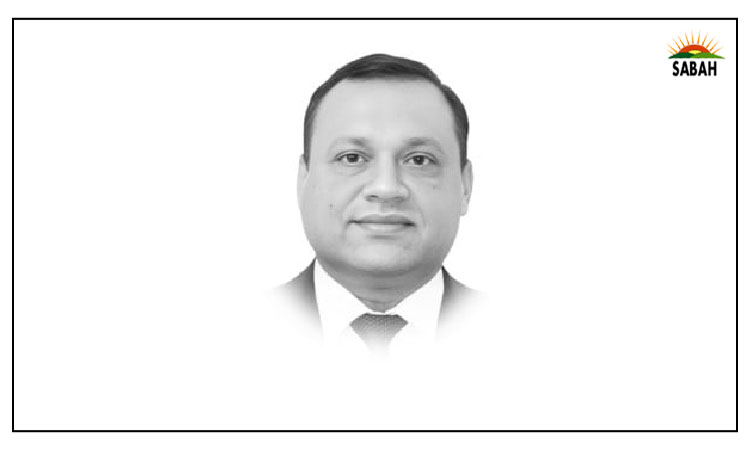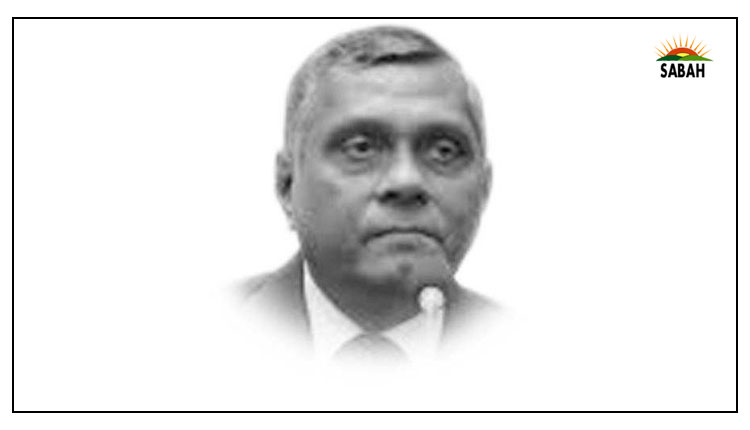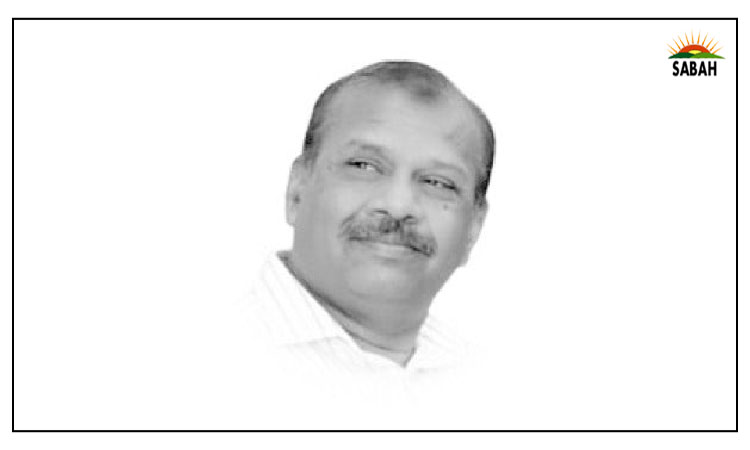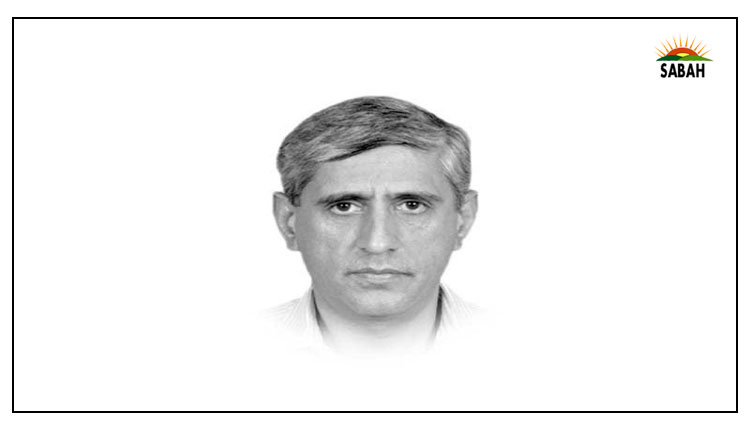Full reserve banking: Part – III ….Qanit Khalilullah
Instead of keeping cash, depositors prefer to continue storing their money in banks despite nominal associated fees, if any. This trend has been evident over the last 20-30 years in Japan and the Scandinavian countries amidst almost zero interest rates and bank fees.
Depositors who want to profit from their savings will transfer their money to banks to invest in any business venture. Most people want to spread their risks, storing some of their wealth (liquid and otherwise) in very safe forms while taking on more daring or risky ventures with another portion of their wealth.
The main reason people prefer savings checking accounts in the current system is due to the government’s protection of deposits in commercial banks. This allows ordinary depositors to enjoy total safety and availability of funds at all times while earning interest. Why opt for an account that pays no interest when you can earn interest and profit at taxpayer cost?
Discussions around Full Reserve Banking have revived after IMF research published in 2013 by the two economists Benes & Kumhof (2012). In their paper, the authors set up a DSGE model using real US data encompassing four sectors: banks, households, manufacturers, and government. According to the outputs, full reserve banking could significantly reduce business cycle volatility caused by rapid changes in banks’ attitudes towards credit risk. It would eliminate bank runs and lead to an instantaneous and significant reduction in government and private debt levels.
The results for the banking sector do not seem to indicate a restrictive credit supply. More importantly, macroeconomic effects are impressive. The post-transition economy exhibits a huge output gain approaching 10 per cent of GDP. This is mainly driven by a 27 per cent increase in investment and an almost 5.0 per cent increase in consumption.
As a result of implementing the full reserve proposal, colossal domestic debt and a huge interest cost of over 6,000 will be eliminated and saved. On top of that, the state will benefit from creating new money on par with GDP growth without any demand-side inflation. A 5.0 per cent increase in the current money level will provide additional finance of around 2,000 billion to the government in addition to taxes.
Furthermore, this will not create any loans for the government because instead of borrowing to fill the fiscal deficit from private banks, the newly created sovereign currency will be used, which is free from any corresponding debt. Currently, private banks are creating new money while giving loans of over Rs6,000 billion to finance the fiscal deficit, causing significant inflation in the economy.
The newly created sovereign money and funds saved from implementing full reserve banking would be allocated to initiatives aimed at eradicating unemployment and maximizing labor utilization. The concept emphasizes that the wastage of labour time due to unemployment poses a greater threat than budget deficits, particularly in a full reserve system where there is no risk of government default. An integral component of this approach is the job guarantee programme, which ensures that anyone willing to work receives a genuine job opportunity at a fixed basic wage, thus establishing a minimum labour price in an economy.
A well-executed job guarantee programme would incur no additional cost, as the increased production of goods and services would enhance national output. Without competing with the private sector, a job guarantee programme would focus on critical areas such as infrastructure investments, food security, education and healthcare, environmental sustainability, small business support, and affordable housing. Empirical evidence supports the viability of this concept. In brief, full reserve banking aims for zero unemployment along with zero inflation, zero domestic debt, and interest.
Currently, most agreements in Islamic banking practices are, in substance, debt-based contracts rather than equity-based profit-sharing arrangements. Their profit is linked to the policy interest rate of the central bank, which is the primary determinant of interest rates across an economy. A deeper examination of the concept of full reserve banking reveals a clear overlap with the principles and aspirations of Islam.
At its core, this model advocates for a financial system devoid of debt-based money creation, resonating with Islamic finance’s emphasis on avoiding riba (interest). Unlike conventional fractional reserve banking, where money is lent into existence by private banks and money supply can fluctuate with the quantum of debt issued, 100 per cent reserve banking ensures that currency issuance is assigned to a sovereign state and is tied to real economic growth and tangible assets, thereby promoting stability and confidence in the monetary system.
Furthermore, the principle of ‘no return without investment and sharing risk’ for the depositors closely mirrors Islamic finance’s concept of Amanah, or trust. Deposits are treated as an Amanah, or safekeeping, and cannot be utilized for lending without the explicit consent of or transfer of money from the depositor. This aligns with Islamic finance’s emphasis on transparency and accountability, ensuring that funds are used in accordance with depositor explicit permission. Moreover, the stability of the currency’s value is maintained through the prohibition of creating money “out of thin air” by the private banks in the fractional reserve system.
In the domain of investment banking, institutions operate as genuine business partners rather than mere credit creators. Investment banks engage in profit and loss-sharing arrangements by receiving savings and channeling them into investments in businesses. This alignment with Islamic finance principles fosters a closer connection between the financial sector and the real economy, promoting economic stability and sustainable growth. Overall, the principles underlying 100 per cent reserve banking resonate deeply with Islamic principles, promoting fairness, transparency, and stability in the financial system. By embracing these principles, our economy can strive towards more equitable and sustainable growth, aligning financial practices with ethical and moral considerations.
Currently, a significant part of government finance is being wasted on interest payments, and the huge government debt has hindered the government from undertaking any constructive work for the common people of Pakistan who are living a miserable life. The government is taking huge loans from private banks to pay interest to them – a vicious circle that is increasing debt on one hand and money supply on the other, resulting in high inflationary pressure, particularly for poor people.
Implementing a full reserve system in place of the fractional reserve will quickly eliminate government debt and interest costs. An enhanced reserve requirement of sovereign money to 100 per cent against deposits would allow commercial banks to hand over government debt to the SBP against receiving sovereign money, resulting in debt elimination without any inflationary pressure. The transition process to 100 per cent reserves is easy, reasonably speedy, and without severe repercussions for financial or economic markets, as confirmed by renowned monetary economist Milton Friedman.
The proposal for full reserve banking in Pakistan is more than a financial blueprint; it is a call to action for a nation grappling with the dual challenges of economic instability and the quest for ethical banking. The proposal extends beyond the immediate benefits of eliminating government debt and its huge servicing costs. It encompasses a broader ambition of fostering a financial system that is not only stable but also inclusive and aligned with Islamic economic principles. The proposal shines as a beacon of hope, offering a glimpse into a future where economic stability and ethical banking practices converge.
Concluded
The writer is director of a corporate and management
consulting firm, and writes on economic and public policy matters.
Courtesy The News


